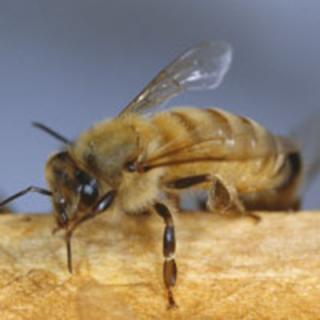The benefits and costs of biosecurity

Research team
Research summary
This project on biosecurity seeks to determine how and to what extent resources should be used to monitor, prevent and manage potential incursions of exotic pests and diseases, especially those that can bring substantial (or even catastrophic) damage to the environment and local habitat.
In this regard it attempts to answer the question: how much should be spent on border quarantine and local surveillance activities, including cost effective containment and eradication programs that balance all relevant costs and benefits for those pests already in Australia.
The first stage of this project has been to develop ‘jump-diffusion’ models of pest spread and control, allowing for normal random spread patters given an incursion, along with large jumps in environmental state variables. The first two applications – used to develop the modelling framework – only have indirect environmental impacts:
(1) optimal border quarantine measures against an Ovine John’s incursion to sheep in Western Australia, and
(2) optimal surveillance against a potential Papua fruit fly incursion in Queensland.
Using this modeling context, the last two applications in the project will tackle the issue of agricultural and environmental costs and benefits head on:
(1) the control and local surveillance against red imported fire ants in Queensland, and
(2) local surveillance for early detection of foot-and-mouth disease in the Victorian dairy region.
Updated: 27 July 2024/Responsible Officer: Crawford Engagement/Page Contact: CAP Web Team











